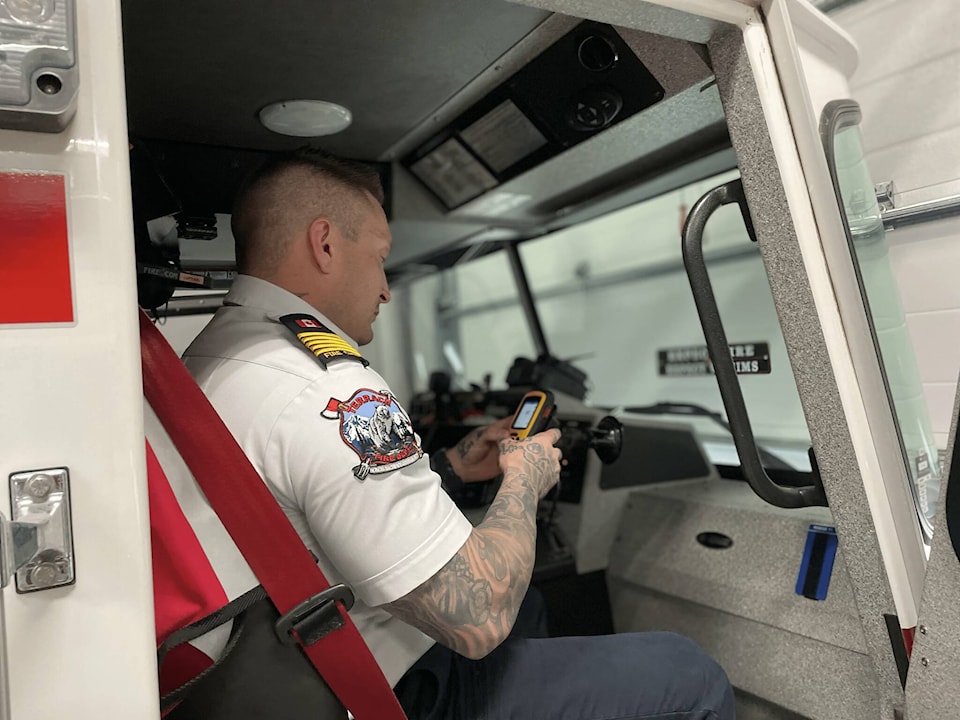The City of Terrace has subscribed to a new alert system called Voyent Alert. Voyent Alert is a smartphone application that leverages Geographic Information System (GIS) technology to deliver location-specific alerts directly to users’ devices. The new system will be used to send out emergency alerts, as well as informational notifications.
Recognizing Emergency Preparedness Week, Fire Chief Chad Cooper encouraged all residents of the city to download the free-of-charge app and sign up for the alert system. Upon registration, residents can customize their notification preferences, choosing to receive alerts via text, phone call, or directly through the app.
Those without smartphones can register online to receive alerts on their landlines.
“What I really like about the system is instead of general emergency alert broadcasts to every cell phone in the municipality, we can target specific areas,” Cooper said.
The annual subscription cost for the service to the city is under $5,000 which Cooper sees as a worthwhile expenditure by the city officials, given its potential to significantly enhance emergency preparedness and response capabilities.
“Being in Terrace we always have the risk of wildfire, major earthquakes, landslide, and flooding,” he said.
“This application allows us to work seamlessly with regional partners and ensures residents receive timely alerts whenever they are in the region.”
Alongside Terrace, the Regional District of Kitimat-Stikine and Kitimat have also subscribed to the new alert system. The neighbouring Regional District of Bulkley Nechako and the Town of Smithers and Village of Telkwa have been using it for around two years.
Chief Cooper highlighted having a 72-hour emergency kit in vehicles and at home. The 72-hour emergency kit should contain food, water, important documents and keys.
“If you’re traveling within the region and there’s a landslide and you get cut off, you have some basic supplies to sustain yourself for a couple of hours until the first responders can come rescue you and move you to a safe location,” Cooper said.
“In case of an emergency, you should have plans about where your pets are going to go, and where you would be meeting your loved ones.”
